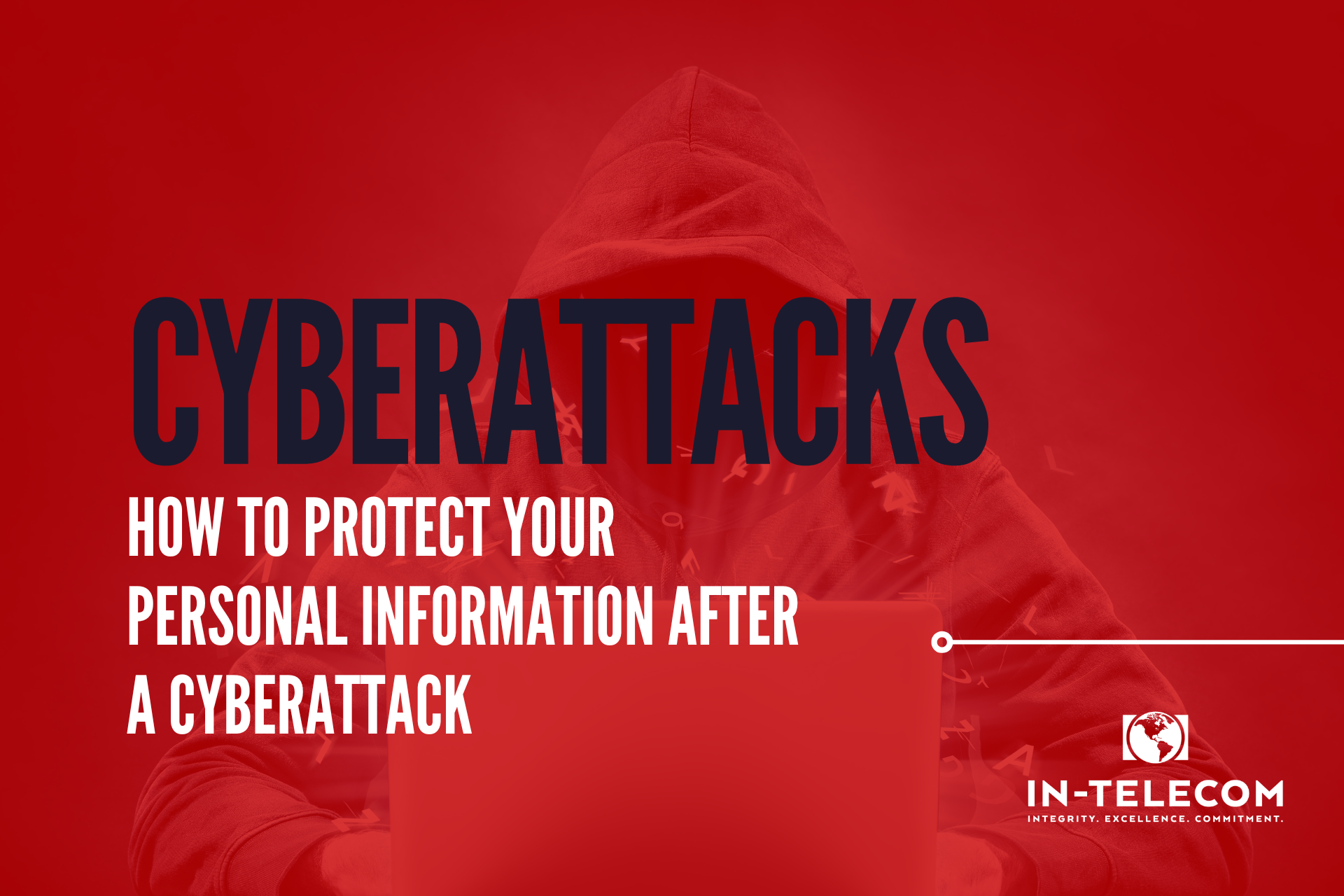
A cyberattack can lead to your personal information, account names, and passwords being exposed to third parties. These people can use this leaked information to open new accounts in your name, access your accounts, or even claim your benefits.
When an attack happens, it’s important to act quickly to prevent your information from falling into the wrong hands and being used for fraud. To protect yourself, follow these simple steps to safeguard your personal information and prevent bad actors from causing mayhem.
Freeze Your Credit to Prevent New Account Openings
You can quickly and easily freeze your credit for free, which prevents anyone who may have obtained your personal information from opening new accounts or borrowing money using your name. Freezing your accounts will not prevent you from using your existing accounts but will temporarily prevent new accounts from being opened.
To freeze your accounts, visit the three major credit bureaus online or contact them by phone:
- Experian: 888-397-3742 – www.Experian.com
- Equifax: 800-685-1111 – www.Equifax.com
- TransUnion: 888-909-8872 – www.Transunion.com
You can also request to view your credit report from each bureau to look for suspicious activity.
Change Your Passwords
If your personal information was used to access your accounts, you should immediately change the passwords on your accounts. This includes your email, banking, social media, healthcare, and accounts.
When changing your passwords, create unique passwords for each account using letters, numbers, and special characters. To keep track of your passwords, use a password management tool. These tools are often built directly into your phone or can be downloaded from trusted vendors like 1Password, Bitwarden, or NordPass.
Enable Multi-Factor Authentication (MFA)
If your provider allows it, enable a second form of authentication. This will require anyone attempting to access your accounts using your username and password to confirm their login attempt using another factor, such as an authentication app or a text message.
Protect Your Tax Refund and Returns with The IRS
Prevent someone who’s obtained your information from filing false returns or receiving your tax refund by requesting an Identity Protection Pin from the IRS. You can request this pin online or by phone at 800-829-1040.
Check Your Social Security Benefits
If you’re eligible, have applied for, or are receiving Social Security benefits (including disability), you should register for an account online to prevent someone from stealing your benefits. If you suspect you may be the victim of Social Security Fraud, call the office of the Inspector General hotline at 800-269-0271, the Social Security Administration at 800-772-1213, or file a complaint online at oig.ssa.gov.
Report Any Suspected Identity Theft Immediately
Should you notice suspicious activity on any of your accounts involving your personal data or financial information, you should contact the Federal Trade Commission at 877-FTC-HELP or report the activity online at www.ReportFraud.FTC.gov immediately.
Where to Find More Information on Identity Theft
You can find more information on protecting your identity on the following websites:
Should you need assistance, the In-Telecom team is available to help you protect your business devices and information. We’re dedicated to providing the highest levels of security for your organizations, and protecting your crucial data.





